There’s more to Fiji’s new BULA Reef than saving corals
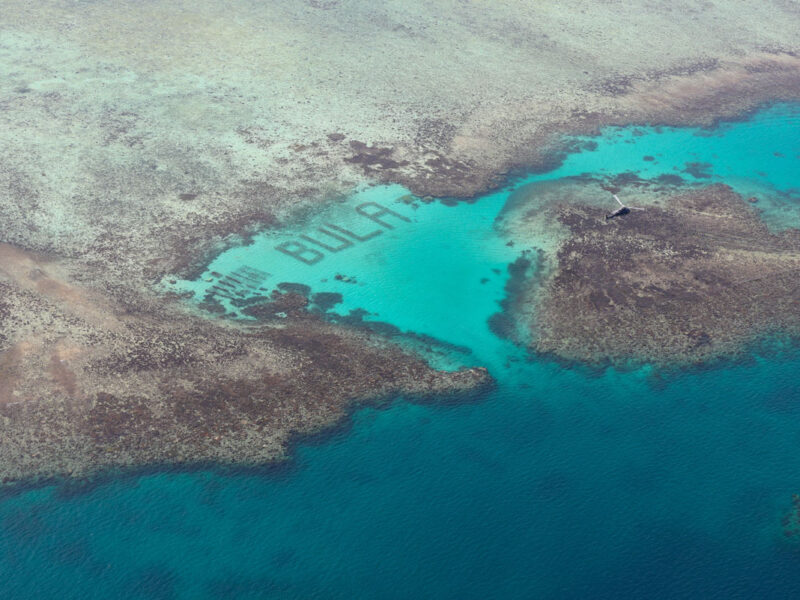
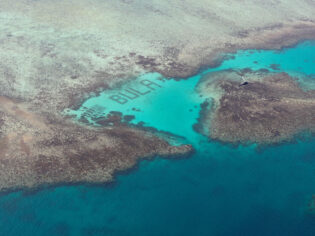
There is much more to this reef than wowing holidaying Australians. (Image: Jennifer Ennion)
How your tourism dollars have helped scientists give hope to an island community.
Giant letters spelling out the Fijian welcome bula greet me as I fly toward the island of Malolo Lailai. I’ve been told the letters reach almost 16 metres in height – or length because they’re lying down – creating the largest “rescue reef” of its kind in the world.
Yet from my window in what feels like a toy plane, their size appears as a drop in the ocean, not far from the famous surf spot of Cloudbreak, and the main Fijian island of Viti Levu just beyond. Still, they’re undoubtedly impressive, staring up at me from within impossibly aquamarine water.
BULA Reef, as it’s been named, is part of the United Nations-endorsed coral restoration program Reefs of Hope, run by NGO Corals for Conservation. Given its design, you may think it’s a tourist gimmick – the submerged word has the potential to attract “flight-seers” and snorkellers. But there is much more to this reef than wowing holidaying Australians. Fijians are the big benefactors – along with ocean lovers the world over.
What is BULA Reef?
Before we get to the benefits of BULA Reef, let me explain exactly what it is. Constructed out of elevated metal frames, four large letters have been erected into the sand at a reef-protected location a short boat ride (or flight) from Malolo Lailai, home to Plantation Island Resort, in the Mamanuca Group. Resort staff are behind the project, working closely with the Fijian NGO.
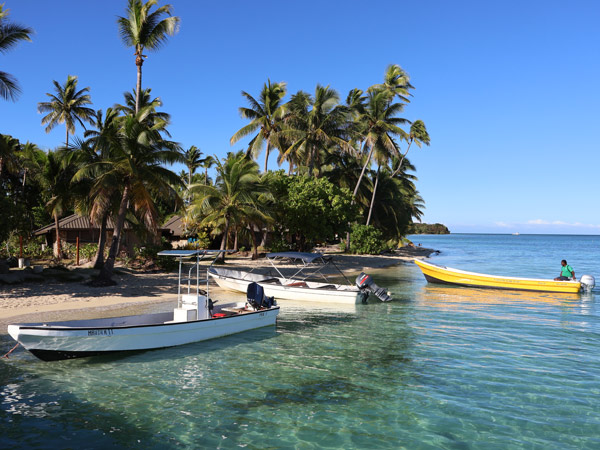
BULA Reef has been erected into the sand at a reef-protected location a short boat ride from Plantation Island Resort. (Image: Jennifer Ennion)
Essentially, marine biologists and volunteers removed corals from “hot pockets” – where corals are at risk of dying due to extreme heat stress – to this new BULA Reef in cooler, deeper and nutrient-rich water. It is hoped the corals will not only survive but thrive in their new location. If this happens, scientists will trim them and move the fragments to another area that has suffered from repeated marine heatwaves.
Beside the letters is a “super coral” nursery of heat-tolerant species that appear to be flourishing and, once large enough, will also be transplanted elsewhere. The whole point of this exercise is to safeguard Fiji’s corals for Fijians. So, it begs the question, how exactly do Fijians benefit? And how does tourism play a part?
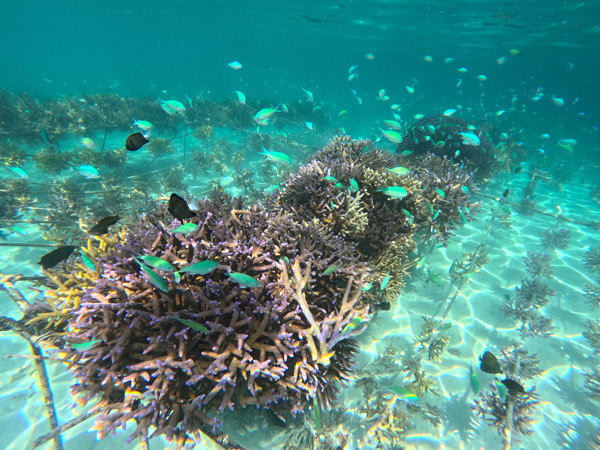
The “super coral” nursery of heat-tolerant species appears to be flourishing. (Image: Jennifer Ennion)
BULA Reef is different
Launched on World Oceans Day in June (2024), BULA Reef stands apart from many other coral projects in Fiji and the South Pacific in that it’s not simply a “set and forget” program. Nor is it another citizen science activity the water sports desk offers to tourists to make them feel better about their travel miles. The program is scientifically led and tended year-round.
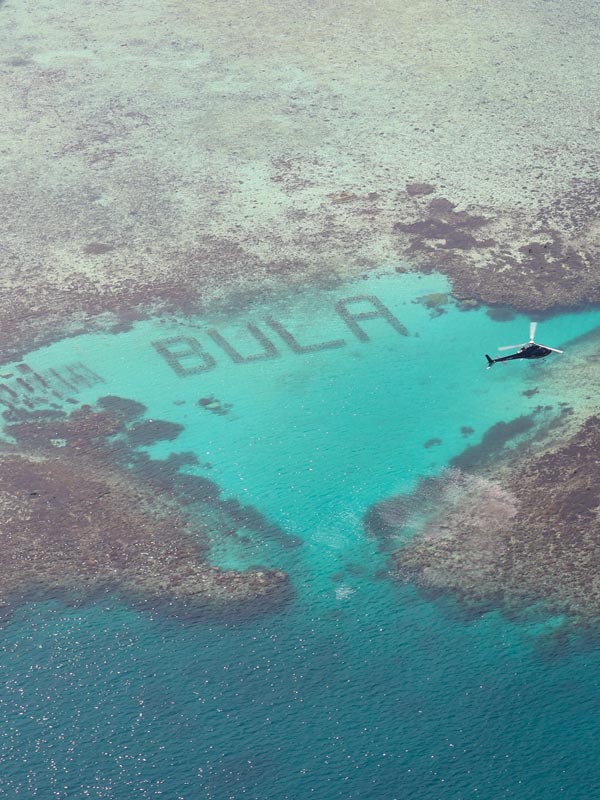
BULA Reef is scientifically led and tended year-round. (Image: Jennifer Ennion)
At the time of writing this, there are no official tours to BULA Reef, although you can reach it by boat from Plantation Island Resort easily enough. Tourists may eventually be able to snorkel the reef in limited numbers, however, Raffe Hotels & Resorts, the parent company of the resort, discourages public visits. The main concern is damage from boat anchors and tourists. Scenic flights over the reef from Nadi, however, will likely become available. Such decisions fall in the hands of Fijian landowners.
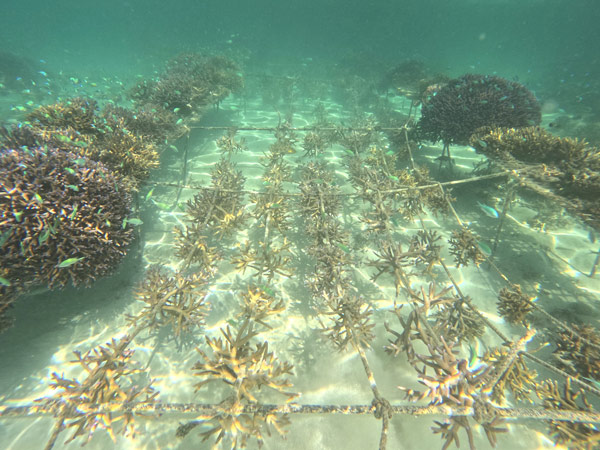
Tourists may eventually be able to snorkel the reef in limited numbers. (Image: Jennifer Ennion)
That said, holidaymakers can indirectly support coral conservation projects through their patronage of resorts and hotels that put the environment top of mind. By spending your dollars at places such as Plantation Island, you are keeping local staff employed, whether it be as chefs and musicians, or coral gardeners and marine biologists. A percentage of a guest’s stay at Plantation Island also goes toward funding sustainability, recycling and educational programs.
The growing global interest in green travel also motivates resorts to play a role in ocean science programs, and Plantation Island does just that by welcoming and training local and international marine scientists. The resort and Corals for Conservation received permission from nearby Solevu village to build the rescue reef and continue to invite villagers to learn more about conservation.
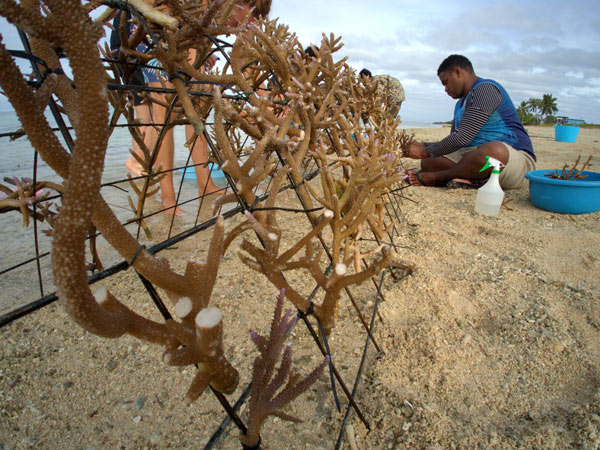
Villagers are invited to learn more about conservation. (Image: Jennifer Ennion)
How do Fijians benefit from coral conservation?
The more direct benefit from programs such as these is the eventual return of fish stocks to the area. Put simply: healthy coral equals more fish, and more fish means villagers can feed their families. Small island communities survive on subsistence living – catching and growing their own food – and the staff of Plantation Island Resort are proud to be able to help ensure this way of life for future generations.
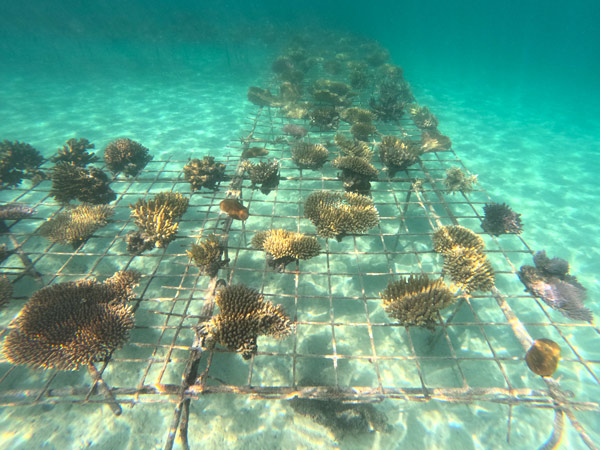
Healthy coral equals more fish, and more fish means villagers can feed their families. (Image: Jennifer Ennion)
Resort marine biologist Litia Matakibau says BULA Reef has a huge impact on local villagers, especially children.
“It’s something to be proud of because it’s theirs,” she says.
Although Litia is originally from the highlands of Viti Levu, she says through BULA Reef and other initiatives local children can be inspired to become marine biologists, especially when they visit the resort and learn about coral planting.
“We always invite them on Environment Day or World Oceans Day, so they come here and we do a speech with them or we invite guest speakers so in that way they are inspired, and when they go back they have something to tell their parents,” Litia says.
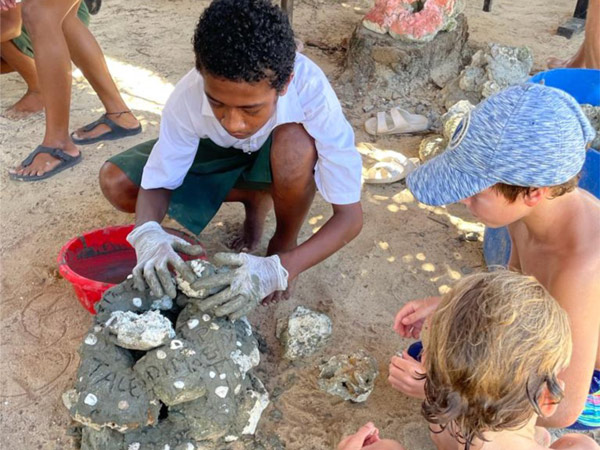
Local children can learn about coral planting. (Image: Jennifer Ennion)
Even when resort staff have a day off, they often join Litia to collect heat-tolerant corals and transplant them to BULA Reef. But there are other benefits beyond education and fishing.
“Coral reefs are the foundation of life in the South Pacific islands, providing food security, economic wealth, tourism, and protection to shorelines and villages,” says Corals for Conservation founder Dr Austin Bowden-Kerby.
Dr Bowden-Kerby describes BULA Reef as a call to action for the global community to work with corals to keep them alive as they combat warming waters.

Dr Austin Bowden-Kerby is the founder of Corals for Conservation. (Image: Jennifer Ennion)
Hope for the future
BULA Reef isn’t the only coral project happening within the waters around Malolo Lailai. Next to the reef is Paradise Nursery, where heat-adapted corals have grown big and healthy and are ready to be moved to other reefs. Litia and the resort’s outgoing General Manager Alex Wilson (a driving force of the program) show me numerous metal frames with more transplanted corals. Some are away from tourist areas, while others are at popular snorkelling spots, offering guests a peek at the conservation work being done. Clearly, Litia, Alex and Dr Bowden-Kerby have been busy.
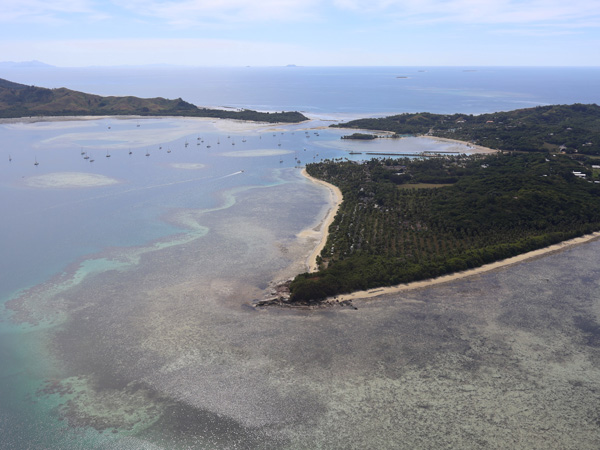
BULA Reef isn’t the only coral project happening within the waters around Malolo Lailai. (Image: Jennifer Ennion)
Although the clear motivation is their passion for helping the environment, Alex understands that being more sustainable is better for business too, so the resort can cater to future eco-warriors. And he’s certainly on track: “Since we’ve created BULA Reef, that area was sparse, just sand flooring… (now) all the blue fish are coming back, the rabbitfish have come back, the parrotfish is coming back,” Alex says.
“When I first went out there in 2018 and identified that spot, we had a huge decrease in the stock but now we’ve got baby octopus…”
It’s positive news for people such as Ben Sokobalavu, an avid spearfisher who has worked at Plantation Island for five years. Ben says BULA Reef helps the next generation of villagers and gives them hope.
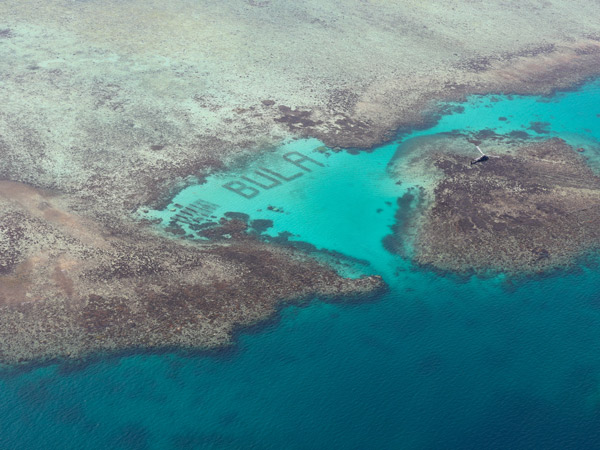
BULA Reef is spreading hope. (Image: Jennifer Ennion)
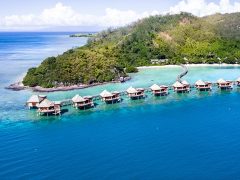
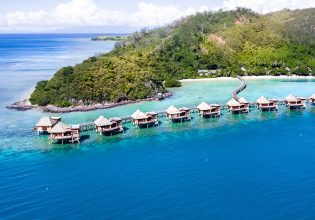
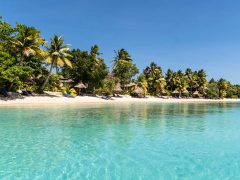
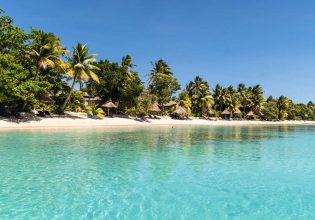

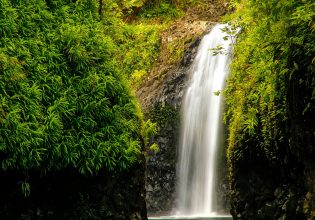
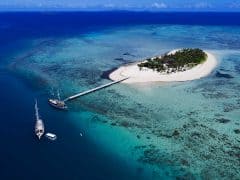
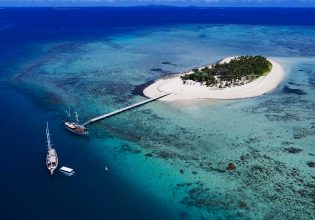

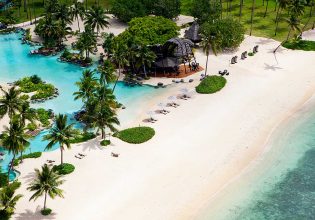

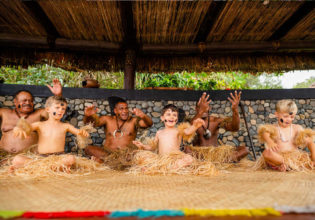


Vinaka vaka levu, Vuniwai ni lase.